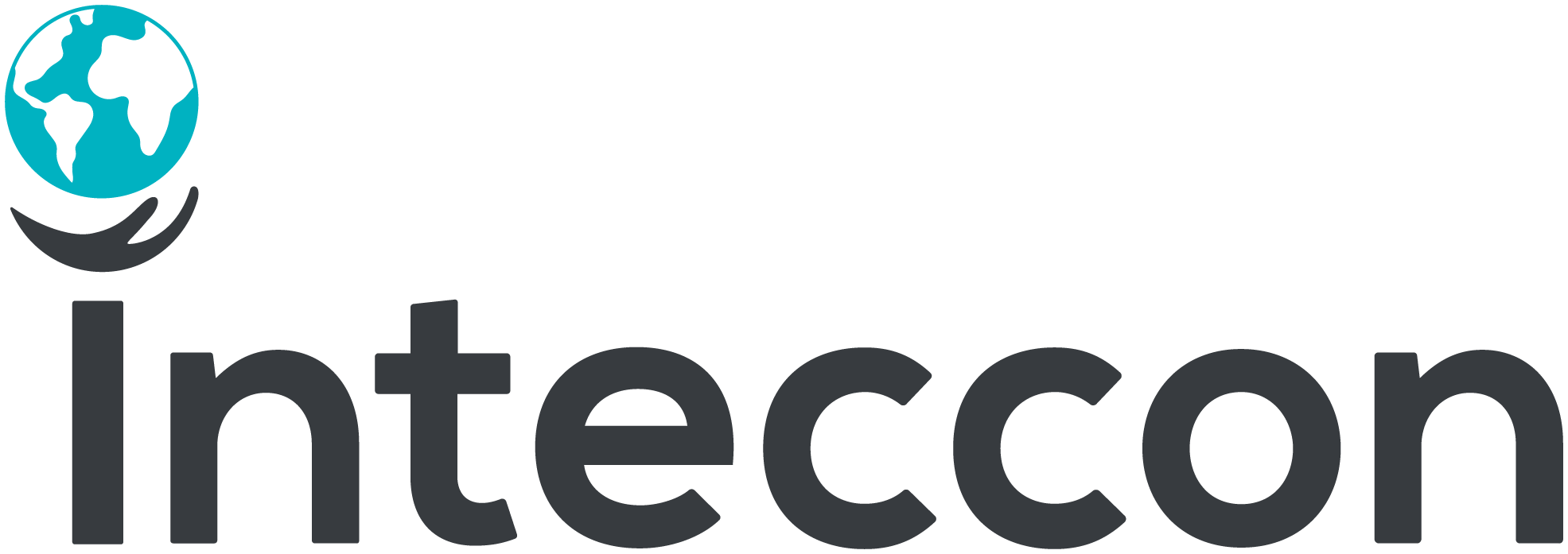Every rainy season, cities and towns across the United States brace for the same unpredictable threat: rising water levels in rivers, streams, and drainage systems. Flash floods and overflow events can happen in a matter of hours sometimes minutes, turning everyday streets into dangerous zones. The first line of defense isn’t sandbags or emergency alerts. It’s data. And the most powerful source of that data is a water level monitor.
Why water level monitoring is no longer optional
A water level monitor is more than a piece of equipment; it’s a critical component of a modern public safety strategy. In the past few years, extreme weather events have increased in both frequency and severity. According to the National Oceanic and Atmospheric Administration (NOAA), the U.S. has experienced more than 30 billion-dollar flood events since 2020, causing devastating losses in lives and infrastructure.
But floods don’t just happen. They build up. And with real-time water level monitoring, local governments can detect rising water trends early, trigger alerts, and evacuate vulnerable areas before disaster strikes.
The human and financial cost of inaction
Without proper water level monitors in place, municipalities are forced to rely on outdated or reactive systems. This often leads to delayed response times, overwhelmed emergency services, and preventable fatalities.
Recent flooding events in Kentucky, California, and Texas have exposed the consequences of this gap in infrastructure. In some cases, residents had less than 15 minutes to respond to flash flood warnings. The lack of continuous monitoring made early intervention impossible.
The question is no longer “Can we afford to invest in monitoring?”, it’s “Can we afford not to?”

What makes a good water level monitoring system?
An effective system must provide:
- Real-time data, not hourly reports.
- Remote access for emergency teams and public works departments.
- Reliability in harsh weather, including extreme rainfall and debris conditions.
- Automation enables smart alerts and preventive actions without manual input.
Not all sensors are created equal, and for this reason, choosing the right water level monitor specifically designed for municipal and environmental use is essential.
Technology to the rescue
At Inteccon, we proudly distribute SOMMER, a European leader in hydrological measurement technology available for U.S. municipalities and environmental agencies.
SOMMER products for water level monitoring
SOMMER RQ-30 ADMS
This is a non-contact, radar-based flow measurement system ideal for flood-prone areas. The RQ-30 monitors both water level and discharge in real time, without requiring any structures in the water.
- Radar technology = minimal maintenance
- Real-time alerts = rapid action
- Web/cloud integration = remote access to data
- Ideal for rivers, canals, and urban stormwater systems
SOMMER RL-15 / RL-35
For municipal applications needing accurate water level tracking, the RL-15/RL-35 radar sensors provide continuous, weatherproof data with high precision. Perfect for small rivers, culverts, and infrastructure monitoring near communities.

Turning data into action
A water level monitor by itself won’t stop a flood. But it gives cities the information they need to act before the worst happens. Municipalities that integrate monitoring with emergency planning gain:
- Better coordination between departments.
- Faster decision-making during storms.
- Higher public trust through transparency.
- Reduced repair costs after major weather events.
Conclusion
As climate unpredictability becomes the norm, investing in monitoring is not a luxury. If you’re a public safety leader, city planner, or environmental engineer, now is the time to evaluate your community’s flood preparedness.
With water level monitors like the SOMMER RQ-30 ADMS, you’re not just buying equipment, you’re gaining real-time insight that saves lives.
Let’s protect what matters before the next storm hits.
